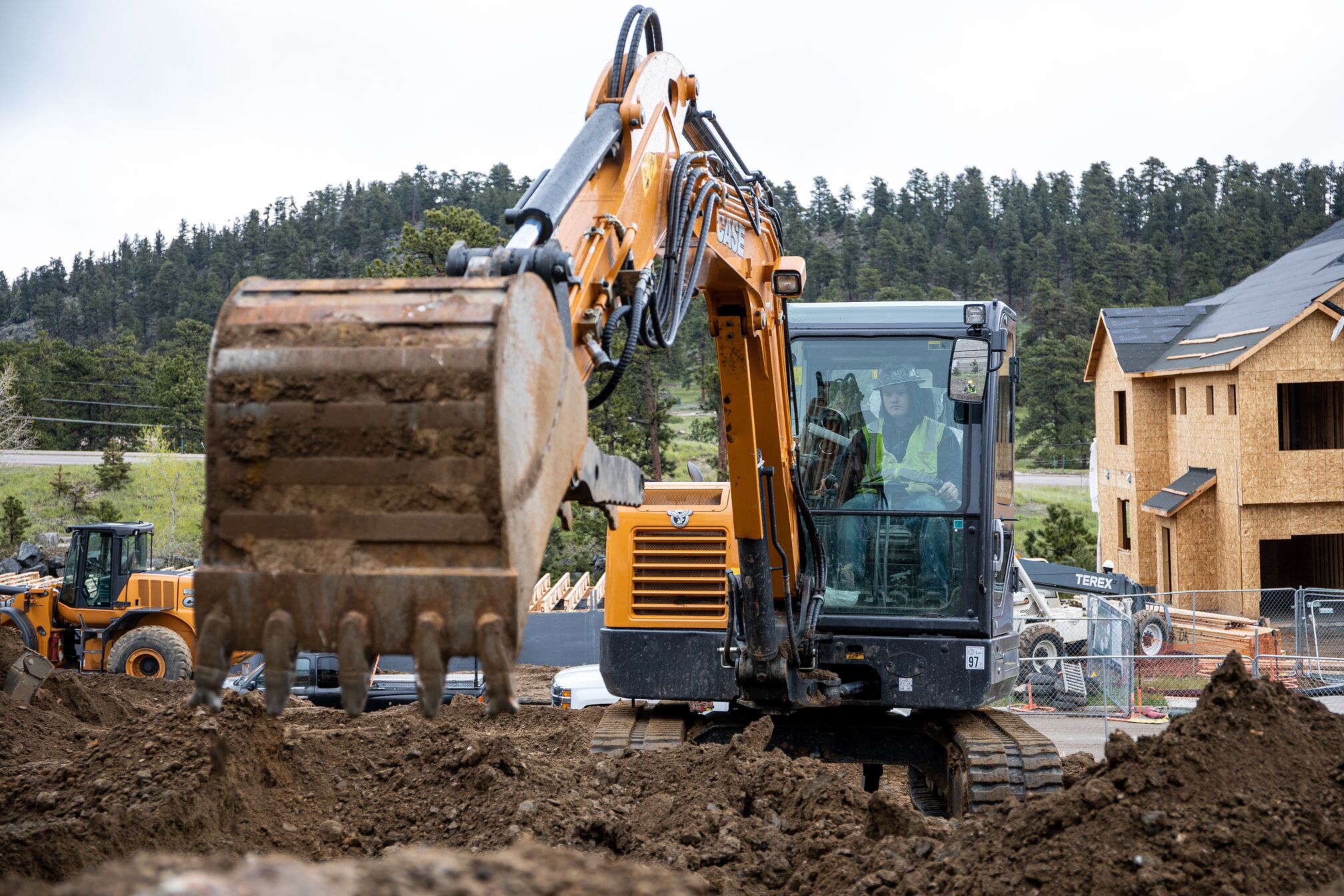
Construction jobsites can expose workers to a variety of potential dangers and hazards. It's important that workers are aware of their surroundings at all time while working around equipment and power tools and/or while working where falls or falling objects are a possibility. Most common fatalities on a construction job site include falls, being struck by a moving object, electrocutions, and being caught between two objects.
During National Construction Safety Week (May 2nd – May 6th, 2022), we hope to build awareness about best practices that can be implemented on the jobsite to reduce injuries and to look after one another while we work to make sure everyone comes home safe at night.
1. Wear your personal protective equipment! PPE is your last line of defense against danger. It protects you if something goes wrong and helps make sure you are seen.
2. Always be aware of your surroundings. Make sure you know what is happening on the site so you can avoid hazards and work safely.
3. Be organized. Construction work can be messy. Make sure your work area is tidy to reduce the risk of trips and slips and stay clear of fire hazards. It is always good to keep access to potential escape routes clear.
4. Act safely. Construction sites can be dangerous when people cut corners or ignore safe working practices. Think and act safely throughout your work to protect others and yourself.
5. Follow signs and procedures. Check risk assessments and systems of work. Control measures are put in place for your safety.
6. Never work in areas that pose hazards without suitable precautions. This includes using fall prevention gear while working on heights, using shoring or a trench box when working in trenches, and avoiding walking or working below suspended loads that pose the risk of falling objects.
7. If you notice a problem, don’t ignore it. Report all problems to a supervisor immediately.
8. Never tamper with equipment or tools on the jobsite. Do not remove guard rails or scaffold ties. Do not attempt to fix defective equipment unless you are OK’d to do so.
9. Use the correct equipment for the task. Check and test to make sure equipment is running in peak condition before use. Use only equipment that is suitable for a construction site.
10. When in doubt, ask a co-worker. It’s always better to be safe than sorry. Mistakes on a construction site and cost a life – don’t let it be yours.